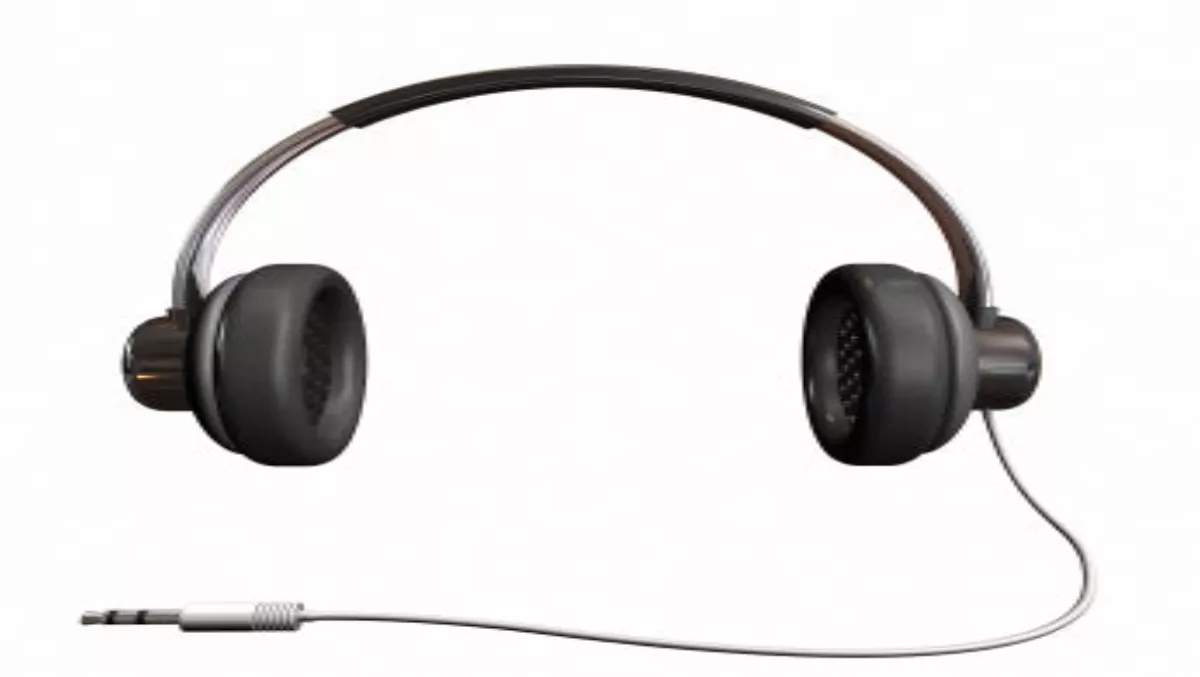
How to buy headphones
More and more offices today are becoming open plan, including our office here at NetGuide. For the most part, this is a good thing. However, certain members of the team are always going to be louder than others, which can be difficult. In our office it's the sales team, who around deadline time seem to get pretty excitable.
One solution is to have the quieter members of the team use headphones. This week a number of our team members received new headphones for just this purpose. It may not work for everyone, but listening to your favourite music or just some background tunes can be quite productive.For this exercise we looked at headphones rather than headsets (which include microphones.) Choosing a design:
Headbands – a larger headphone that fits over the ears with a band above your head. These are comfortable for longer sessions and their larger size allows for more advanced technologies like noise cancelling.
Neckbands – most of the time these don't fully engulf your ears, but just rest against them, with a band around the back of your neck. Neckbands are often regarded as the most fashionable option out there.
In ear –extremely portable, fit in the ear and they come with most mp3 players and mobile phones, mainly because they are inexpensive to produce. These are also known as ear buds.
Ear canal –similar to the in ear option, but have a short rubberised tube that fits into the ear canal, offering better isolation from outside noises.We chose headbands because they insulate our team members from the office noise, are comfortable and we don't need them to be portable.
Noise cancelling:A number of headbands are also available with noise cancelling. This is a technology used in noisy environments like aircrafts – the headphones actively listen to your environment and adjust what you hear to neutralise the external sounds (quite impressive really). This feature is advanced and isn't cheap, but does improve sound quality. We chose a set without this feature because of cost and because we don't want our team members frightened by people walking up behind them or missing phone calls.
Technical jargon:There are a number of other technical options to consider, with the following three being key for our purposes:
Frequency response – the range of different sounds that the headphones can produce. The wider the range of hertz the better the quality, but you will pay more for this option. Ours had a range of 14 to 26,000 hertz.
Sound pressure or volume – displays in decibels how loud the headphones are. Most audiologists do not recommend exceeding 100 DB, as you can cause damage to your ear drums! Distortion – sometimes called THD (total harmonic distortion) is a measure of how much your audio will be distorted or destroyed when played. Ideally, the lower the percentage the better, ours ended up being < 0.2%.
Connection:Nothing will drive you crazier when using headphones than having a really short cable, especially when connected to the back of your computer. We ended up with a 3 metre cable, which sounds very long, but really worked out well. Equally important is ensuring the connector is compatible with your pc or device. Most computers, mp3 players and mobile phones include a 3.5 millimetre stereo port for plugging in headphones, so make sure you choose headphones with the matching plug, or an adapter.
There is no debating that having a wireless set is really convenient. But it often comes at the expense of sound quality when compared to the traditional wired varieties. This is because the audio data signal used by Bluetooth devices is compressed and as a result doesn't deliver the same richness as wired (although this effect can be somewhat mitigated by using radio frequency (RF) as the wireless technology). The other thought here is battery life, will you be chewing through batteries or is the set rechargeable?
All things considered, for our office environment and with a budget of less than $200 per person, we ended up choosing the Sennheiser HD 518, as it incorporated all of the features we were looking for. Sennheiser isn't the cheapest brand out there, but you get what you pay for in headphones.

